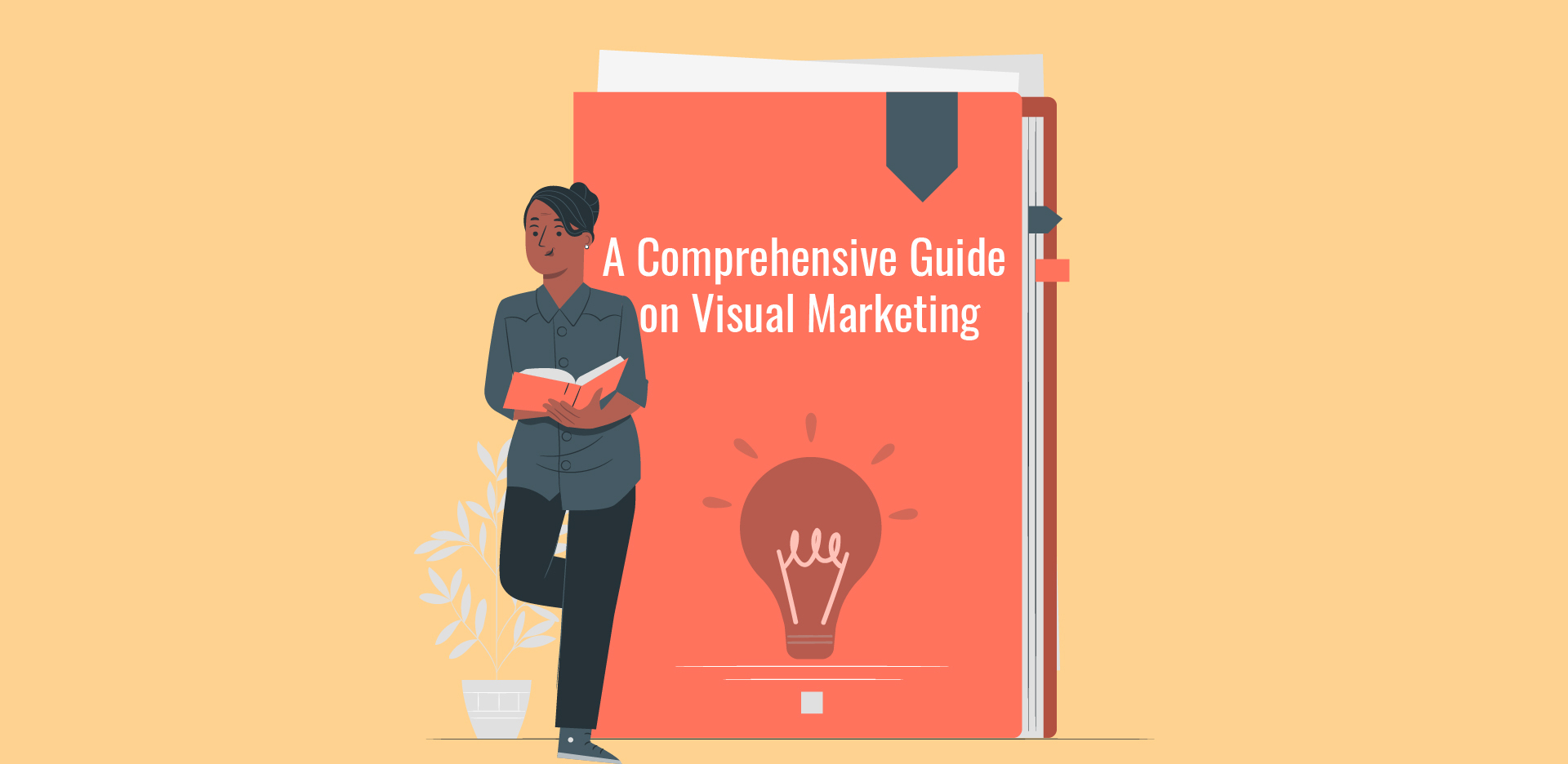
B2B companies have many options for content marketing ideas. Whitepapers, product comparison guides and blog posts are just some of the many content options. Depending on the target audience, business model and content type, each one of these types of content may prove to be effective. Multiple content types are required to create content for businesses in B2B that converts prospects and customers. These are just a few examples of lead-generating content types:
White papers
White papers can be a powerful way to increase brand awareness and generate leads. If done correctly they can provide inspiration for a year's worth content marketing. It is valuable to have timely data, but it can also hinder your content development six-months after the paper has been published. Research and surveys are necessary to create a whitepaper that is highly successful. It is also a great way to determine your target audience and brainstorm solutions.
Product comparison guides
Buyer's Guides are a good content marketing idea. They appeal to the reader's desire for information. In the defense industry, for example, consumers are concerned about counterfeit parts, incomplete quotes, and inaccurate data. This guide helps buyers to decide if a product is right. It helps buyers decide how much to spend on a product. Product comparison guides are great content marketing tools because they highlight the benefits the buyer will get if he/she purchases informed.

Blog posts
Plumbers wouldn't be writing about replacing the bathroom's piping. You might instead write about modern faucet setups and rescuing a flooded tap. Consider using pop culture references if you are a plumber to help you compare your niche with your industry. Include a brief summary of your learnings in this post or compare it to the industry. If you're a plumber, you could also make use of the power and flexibility of NICHETOOLS to your advantage.
Video content
While written content and infographics can be very engaging, videos offer a unique way to engage your audience and generate leads. A video that showcases your company's strengths and history can help prospects get to know your brand. This type of content can also distinguish you from your competitors. For example, SimblaOCO's company overview video invites any viewer to experience the creation of a website. While videos can be tricky to produce, there are many benefits to including them in your marketing efforts.
Gated resources
For your website, you might want to create gated resource. These are long-form pieces of content that offer value to your audience. These are long-form pieces of content that you make available to your audience to establish your authority and get more people downloading your offers. Here are some ideas for gated information. Continue reading to find out how to make your gated resource more efficient. These are some of the key points to keep in mind. Access to gated resources should be simple and easy to use.

FAQ
How can you create great content?
Content should be useful, interesting, and easily shared. The best content should have a clear call-to-action, such as a button or link to allow readers to sign up to a free trial, learn more about a product, and/or purchase something from you site. Your content should include visuals to be easily shared on all platforms.
What is the difference of content marketing and content production?
Content marketing is the belief that all great brands share the same message. They deliver valuable information that people desire and need.
Content marketers are trained to create the right content at each time and for every channel.
They know how to plan and execute a marketing strategy that will be effective in promoting their products.
That is, they think strategically about the things they do and what it means.
This is the core skill set needed to be a successful content marketer.
How to use Blogging to Generate Leads for Your Business
Leading B2B companies know how important online leads are for their success. Many businesses fail to convert website traffic into qualified leads, despite the fact that they know this. These are five reasons that you might not have been generating leads.
Reason 1: You are not optimizing your website - Even though you have a site, you aren't making any money. Blogging is a great way to attract new customers. Your blog posts should not solve problems for your target audience.
Optimize your blog so it can be profitable. This increases the likelihood of people finding your blog post.
After they find your blog article, make sure that you offer value by answering their queries and providing solutions as soon as possible.
Keyword Toolbox is a good tool to help you find keywords. You can then add the keywords to your page title or meta description, as well as to your body text.
CTAs are also important to include on your blog. CTAs encourage readers to take action, such as signing up for your newsletter, or purchasing a product.
These actions increase the chances of a sale. They also give you an insight into what information users are looking for.
Check out our guide How to Start a Successful Blog.
Reason 2: You Don't Know What To Write About - Once You Begin Writing, You Will Find That The Ideas Come Quickly, But Then They Stop!
It takes time to build a good reputation and establish yourself in your niche. This is why it is important to write about topics that you are passionate about.
Your goal when writing is to answer the question, "why should I hire you?" When writing, keep your focus on solving problems.
This will help you stand out from other businesses that may just be trying to sell products.
Your blog should be useful for your prospects. Think of ways that you can share your knowledge to help others. For example, you could talk about the latest trends in your industry or share tips for saving money on home improvement projects.
Your viewers will appreciate the links to relevant resources. These resources could be videos, podcasts, articles or videos written by experts.
Reason 3 - You don’t have clients and you don’t want them. All you need is more sales!
There is no quick way to build a successful company. Building trust with your target market takes time.
You don't necessarily have to spend hours crafting content if your goal is to meet potential clients. Post ads on social media platforms like Facebook or LinkedIn instead.
In order to avoid overspending on advertising that is ineffective, make sure you target the right demographics for your ideal client. One example: If your website design company has many female clients, it is likely that you also have many male clients.
Instead of targeting all males, you could target females by location, age group, income and many other criteria.
After you set up your ad, follow through by sending a message to your potential customers once you receive a click-through.
Keep in mind that not everyone visiting your site must pay. Some traffic sources are more profitable than others.
You could, for example, host a contest to sign up new subscribers via email. You could even offer gifts for people who sign up to your mailing lists.
Here's the key: Find creative ways to draw visitors without spending too little.
Reason 4 - Advertising is costly if you're too busy running your company to devote time to it - but that doesn't mean you should not do it!
You should always prioritize your work over your business. For instance, if you are too busy managing your business to market it, you will not be able to grow.
It is possible to feel overwhelmed by the amount of tasks that you have each day. You may not be able to prioritize them properly.
Get organized. Spend an hour each week reviewing and organizing what you have to do the rest of your week.
You will be amazed at how easy it is to handle everything once you get started.
Statistics
- According to research compiled by Coschedule: Companies that publish 16+ blog posts a month get as much as 3.5x as much traffic as those that publish 0-4 posts a month. (criteo.com)
- An example of an overarching goal could be: "In 2022, we want to achieve a 20% increase in revenue created by organic content and generate 15,000 MQLs with a budget of $30,000." (semrush.com)
- This marketing strategy landed Ford a 15.4% conversion rate. (neilpatel.com)
- Measure your goals with a progress indicator of 0-100%. Make your goals collaborative and transparent (semrush.com)
- Seventy-two percent business to business (B2B) (mailchimp.com)
- Content marketing produces 3X more leads per dollar spent. Content marketing costs 62% less than traditional marketing. (criteo.com)
- Forty-seven percent of buyers view 3 to 5 pieces of content before engaging with a sales representative. (mailchimp.com)
- According to the Content Marketing Institute, 70% of B2B marketers and 86% of B2C marketers surveyed use content marketing in some form or other. (criteo.com)
External Links
How To
What is a Content Marketing Strategy?
A content marketing program (CMP), or content marketing plan, is a strategic document that helps to establish your goals, objectives, as well as strategies for developing and executing a website. It is a guideline for achieving those goals through content creation, distribution, and other means.
The CMP can be broken down into three areas:
-
Your overall strategy - What are you looking to achieve?
-
Your content strategy: Where do you find the right people to create, curate, or distribute your content?
-
The strategies you'll use in order to implement your strategy. What channels will your content be shared on? Which types of content can you create?
These four components are essential for a CMP to be effective.
-
Goal Setting – Define your target audience. Set measurable KPIs that will measure success.
-
Audience Research: Understand your ideal customers to know where you should look.
-
Strategy – Create a clear vision for where you are going. Then break it down into smaller pieces.
-
Execution – Set realistic expectations about when you can expect to see results.